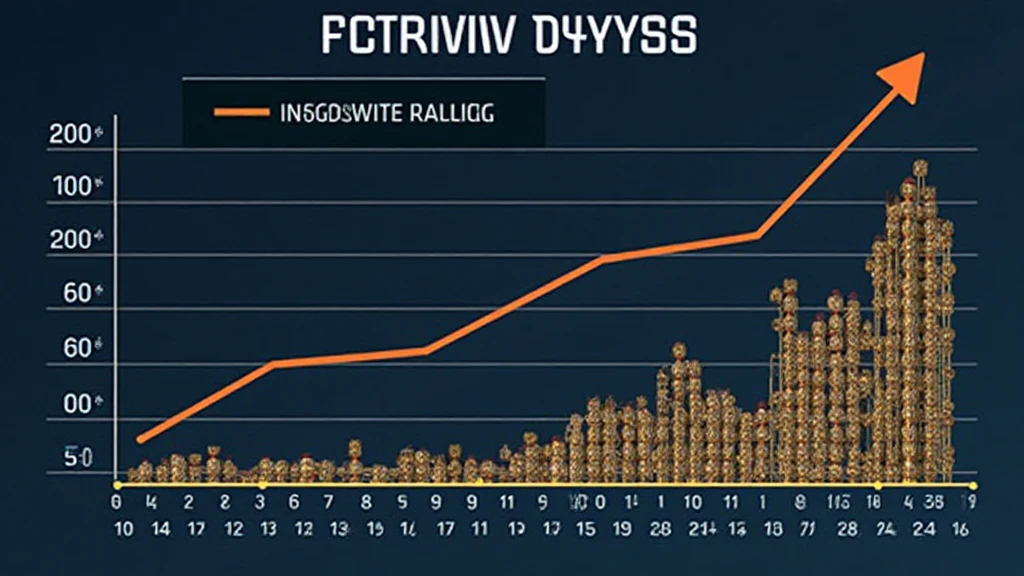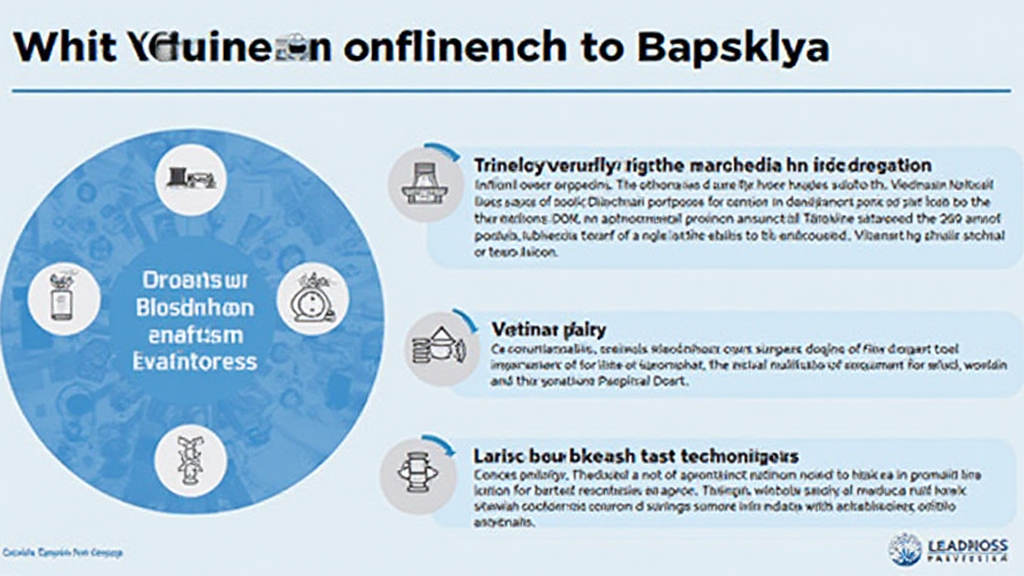The Economic Implications of Bitcoin Halving: What to Expect
As the world of cryptocurrency continues to evolve, one event that consistently garners attention is the Bitcoin Halving. The next Bitcoin Halving is projected to occur in 2024, and it comes with significant economic implications for investors and the market. With a staggering $4.1 billion lost to DeFi hacks in 2024 alone, the need for strategic investments has never been more critical.
This article will delve deeply into the economic implications of Bitcoin Halving, exploring how it alters supply dynamics, affects market sentiment, and can potentially lead to starkly different price trajectories.
Understanding Bitcoin Halving
Bitcoin Halving is an event that occurs approximately every four years, where the reward miners receive for adding a new block to the blockchain is cut in half. This mechanism was built into Bitcoin’s code to control inflation and mimic the scarcity associated with precious metals, such as gold. Each halving reduces the rate at which new bitcoins are generated, thus slowing the supply growth.

For example, initially, miners received 50 BTC per block. After the first halving in 2012, the reward decreased to 25 BTC, then to 12.5 BTC in 2016, and now sits at 6.25 BTC. As we approach the next halving, this figure will drop to 3.125 BTC.
The Supply and Demand Dynamics
With Bitcoin’s limited supply capped at 21 million coins, the Halving plays a crucial role in shaping the cryptocurrency’s supply and demand dynamics. Here’s why:
- Supply Shock: Each halving event creates a supply shock, limiting the availability of new bitcoins. If demand remains constant or increases, then prices are likely to rise.
- Investor Psychology: Anticipation of price increases can lead to increased buying activity before and after the halving, further driving the price upward.
- Historically Bullish Trends: Past halvings (2012, 2016) were followed by significant bull runs, adding to the bullish sentiment around future halvings.
Market Sentiment and Speculation
Following the anticipated halving, market sentiment can play a pivotal role in determining Bitcoin’s price trajectory. The crypto market is often swayed by speculation, and Bitcoin Halving is a prime catalyst for such behavior.
Investors who are aware of the halving cycle may begin accumulating BTC in advance, thereby pushing prices higher. Furthermore, the media’s coverage following the halving typically leads to increased public interest and speculation.
In Vietnam, for example, the growth rate of crypto users has been reported at around 22% in the last year, indicating that more individuals are becoming aware of events like Bitcoin Halving. The trend of increasing investment in Bitcoin amidst impending halvings can lead to a frenzy of activity leading up to and after the event.
Real-World Data Contextualization
To understand the halving’s economic implications better, let’s take a look at historical data:
| Halving Event | Date | Price Before Halving | Price After 1 Year |
|---|---|---|---|
| 1st Halving | November 28, 2012 | $12.31 | $1,200 |
| 2nd Halving | July 9, 2016 | $650 | $20,000 |
| 3rd Halving | May 11, 2020 | $8,500 | $64,000 |
Source: CoinMarketCap
This table illustrates a consistent trend where Bitcoin’s price sees substantial increases post-halving events.
Potential Risks and Considerations
While the historical data reveals a bullish trend post-halving, it’s imperative to approach the upcoming halving with caution. Here are some potential risks to keep in mind:
- Market Corrections: Following the price surges, Bitcoin has often faced severe corrections. Investors should be prepared for market volatility.
- Regulatory Risks: Increased scrutiny from regulators could impact market confidence, particularly in regions like Vietnam where regulatory frameworks are developing.
- Market Manipulation: With speculation generating high volumes of trading, the potential for orchestrated market manipulation exists. This can lead to unexpected outcomes post-halving.
Navigating the Volatile Waters
Investors looking to navigate the volatile waters of Bitcoin following the halving event may find value in employing various strategies:
- Dollar-Cost Averaging: Instead of making a single large investment, dollar-cost averaging allows for gradual accumulation, potentially mitigating the impact of volatility.
- Setting Stop-Loss Orders: Protecting investments with stop-loss orders can help mitigate losses in case of sudden price drops.
- Staying Informed: Keeping abreast of market news and analytics, especially reflecting Vietnamese user behavior, will provide a clearer picture of potential market reactions.
Final Thoughts
The upcoming Bitcoin Halving holds a wealth of economic implications for investors and traders alike. While history suggests a bullish trend following the event, it’s essential to remain aware of the inherent risks and market dynamics. Vietnam’s growing interest in cryptocurrency adds another layer to the significance of understanding these implications.
As we anticipate the next Bitcoin Halving, it’s crucial for investors to remain informed, conduct due diligence, and adapt strategies that suit their individual risk tolerance. While this technology continually evolves, those who understand its economic implications will be better positioned to capitalize on future opportunities.
To stay educated on the topic of Bitcoin Halving and related matters, keep following updates at AllCryptoMarketNews.
Author: Dr. Minh Nguyen, a blockchain economic specialist, has authored over 30 papers in the fintech domain and has led notable audits on several cryptocurrency projects, offering insights into the continuous evolution of digital currencies.





